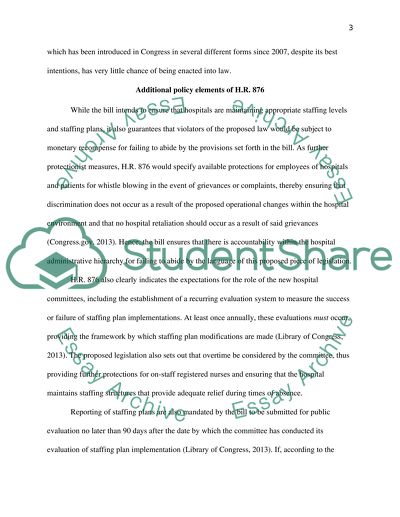Cite this document
(“Registered Nurse Safe Staffing Act Policy Analysis Research Paper”, n.d.)
Retrieved from https://studentshare.org/nursing/1479939-policy-analysis-rn-safe-staffinghr
Retrieved from https://studentshare.org/nursing/1479939-policy-analysis-rn-safe-staffinghr
(Registered Nurse Safe Staffing Act Policy Analysis Research Paper)
https://studentshare.org/nursing/1479939-policy-analysis-rn-safe-staffinghr.
https://studentshare.org/nursing/1479939-policy-analysis-rn-safe-staffinghr.
“Registered Nurse Safe Staffing Act Policy Analysis Research Paper”, n.d. https://studentshare.org/nursing/1479939-policy-analysis-rn-safe-staffinghr.


